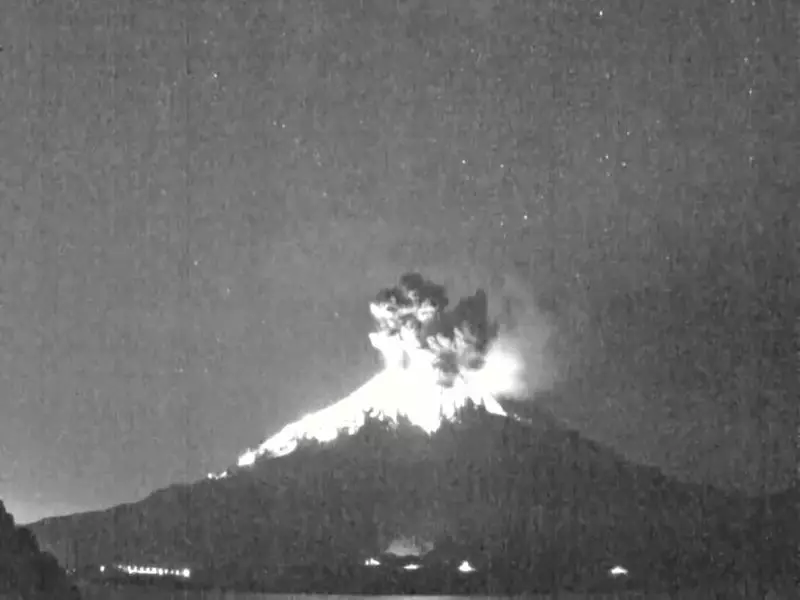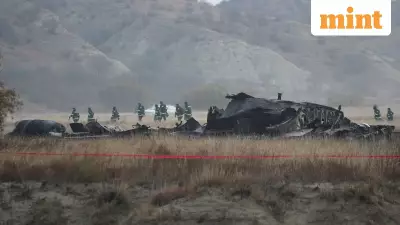
One of Japan's most active volcanoes has erupted dramatically, sending a massive ash column high into the sky and prompting urgent evacuation orders for local residents. The Sakurajima volcano located in Kagoshima Prefecture unleashed its fury on Sunday, creating spectacular yet dangerous displays of nature's power.
Massive Eruption and Immediate Response
The Japan Meteorological Agency (JMA) confirmed that Sakurajima volcano erupted around 8:05 PM local time, producing an enormous ash plume that reached approximately 4,400 meters above the crater. The volcanic activity originated from the Minamidake crater, one of the volcano's most active vents.
Authorities responded swiftly to the dangerous situation. The JMA immediately raised the volcanic alert level to 5, the highest on Japan's scale, which requires mandatory evacuation of at-risk areas. This marks the first time since 2020 that Japan has issued a level 5 volcanic alert, highlighting the seriousness of the situation.
According to official statements, rocks were reported falling as far as 2.5 kilometers from the crater, posing significant danger to anything or anyone in the immediate vicinity. The eruption created dramatic lightning displays within the ash cloud, a phenomenon known as volcanic lightning that often accompanies major eruptions.
Evacuation Measures and Safety Protocols
Approximately 120 residents from two towns near the volcano were ordered to evacuate immediately following the eruption. The local municipalities of Kagoshima activated their emergency response systems, setting up temporary evacuation centers and coordinating transportation for affected residents.
Japanese Prime Minister's office established a crisis management center to monitor the situation and coordinate national response efforts. The government spokesperson confirmed that no injuries had been reported initially, though authorities remained vigilant as the situation developed.
Transportation authorities issued warnings to aircraft to avoid the airspace around Kagoshima due to the significant ash cloud. Volcanic ash can cause severe damage to aircraft engines and systems, making flying through such conditions extremely hazardous.
Historical Context and Future Monitoring
Sakurajima has a long history of volcanic activity, with frequent minor eruptions occurring regularly. The volcano is located in Kagoshima Bay in southern Japan and has been continuously active for decades. However, eruptions of this magnitude are less common and require heightened attention from volcanologists.
The last major eruption of Sakurajima occurred in 2020, when similar evacuation orders were issued. The volcano is considered one of Japan's most dangerous due to its proximity to populated areas and its history of powerful eruptions. Kagoshima city, with a population of over 600,000, lies just a few kilometers from the volcano.
Volcanologists continue to monitor Sakurajima closely for signs of further activity. Scientists are particularly concerned about potential pyroclastic flows and larger explosive eruptions that could follow the initial activity. The Japan Meteorological Agency maintains constant surveillance through multiple monitoring stations around the volcano.
As the situation develops, authorities have urged residents to stay informed through official channels and follow evacuation orders without delay. The combination of immediate response systems and advanced monitoring technology has helped Japan manage volcanic risks effectively, though the power of nature remains unpredictable and potentially devastating.





